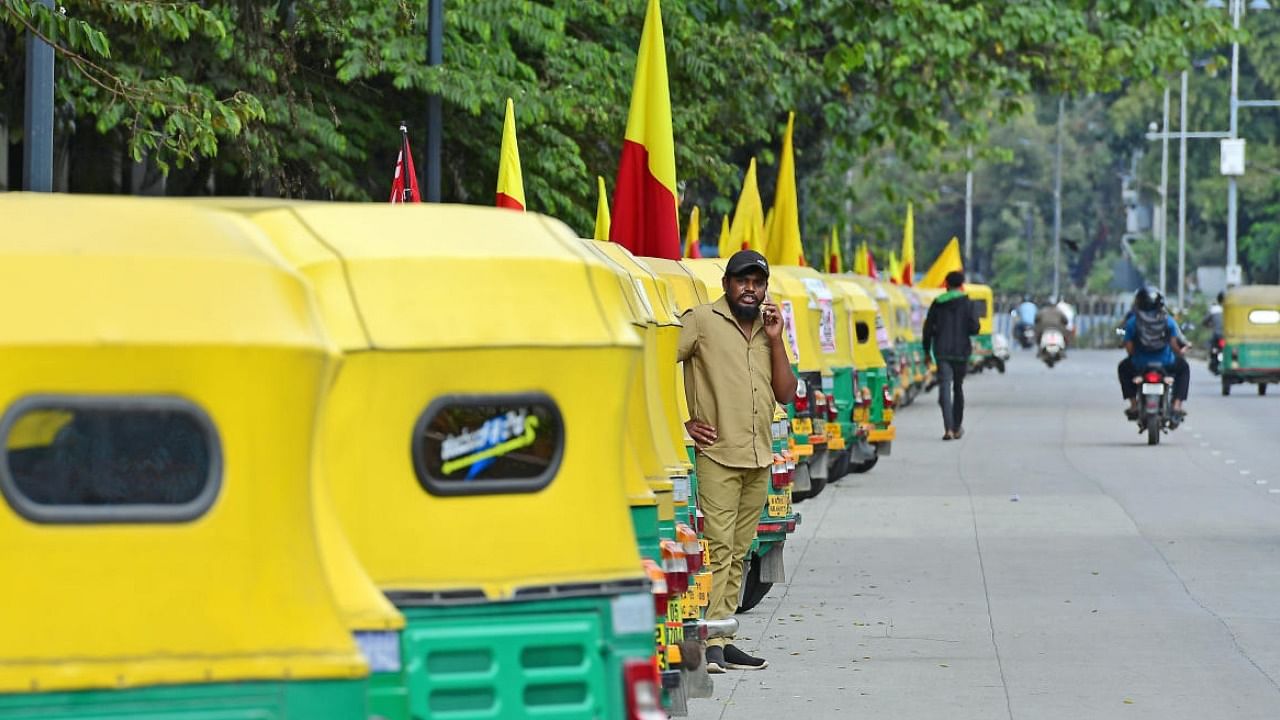
In an effort to optimise traffic management, safety and improve transparency among auto-rickshaw drivers, the Bengaluru Traffic Police (BTP) is introducing QR code-enabled displays in the three-wheeled vehicles.
Dr M A Saleem, Special Commissioner (Traffic), confirmed this to DH, saying replacing printed display cards stuck behind the driver’s seat in auto-rickshaws with QR codes is part of this year’s “traffic action plan”.
“This is pending approval,” he said. “We will implement it once approval is given. The groundwork (for this) has already begun.”
Introduced on a pilot basis in January, this will cover over three lakh auto-rickshaws in the city after its complete rollout. The previously displayed card included the driver’s licence, vehicle registration number, contact information and address. This was made mandatory in 2005. This enabled passengers to note down details in the event of untoward incidents. Over the years though, it became unworkable since the drivers either refused to put the details or the driver was different from the one whose detail was displayed.
Saleem said that introducing QR codes would simplify the manual process of noting down details and raise complaints with the police. "The complaints will be directly fed into the Traffic Management System, and this will enable the traffic police to take swift action and hold the vehicle owner accountable," he added.
C Sampath, general secretary, Adarsha Auto Drivers Union, welcomed the move. “Such measures are beneficial to both the driver and the passenger. We will accept them. Let the traffic police introduce this. It is the job of the union leaders to convince auto-rickshaw drivers in the city,” he said.
Rudramurthy, general secretary, ARDU, does not approve of the QR code display cards. Besides displaying the driver's licence and other documents when asked by the authorities, there is no legal provision mandating the mention of the driver’s address and contact details on such cards.
“Why should a driver display their contact and address information if it is not required by law?” he argued. “All ride-hailing applications today have tools to track rides and contact the police if something happens. There are cameras everywhere and traffic police posted at most junctions can catch drivers who make a mistake.”